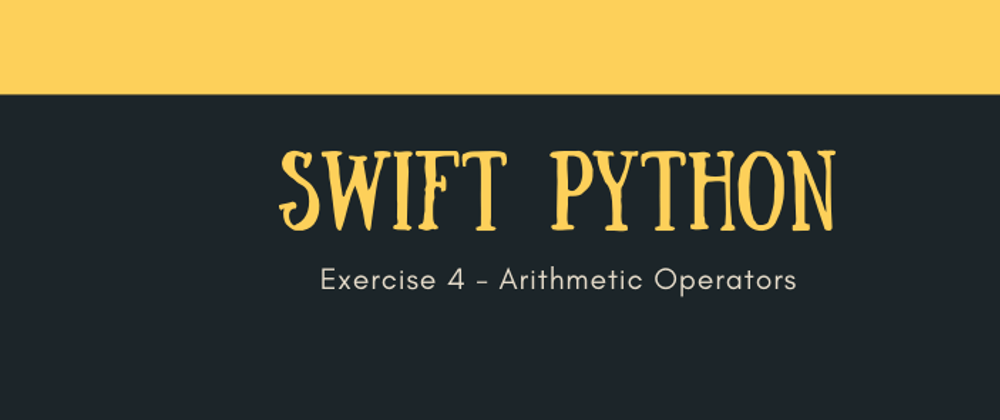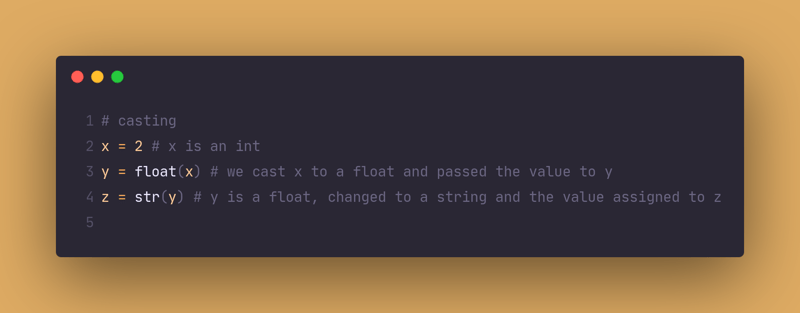Arithmetic Operators
Arithmetic operators are reserved symbols used for performing mathematical operations ( calculations).
Examples
| operators | symbols | use | return type |
|---|---|---|---|
| Addition | + | 1 + 3 | int |
| Subtraction | - | 3 - 1 | int |
| Multiplication | * | 3 * 2 | int |
| Exponent | ** | 3 ** 2 | int |
| Float division | / | 3 / 2 | float |
| Integer division | // | 3 // 2 | int |
| Modulo | % | 3 % 2 | int |
Note
- If one of the operands is a float, then the resulting value is casted ( converted) into a float.
Eg: 1.0 + 1 = 2.0 and 1 + 1 = 1. -
//, returns the whole number part ( quotient) of the division. So,given: 22.0 // 3 = 7.0 and 22 // 3 = 7. -
/, returns the quotient and the remainder as a float, together.Eg: 22 /3 = 7.333333333333333 and 0.25 / 0.5 = 0.5.
Casting
Casting means, converting or changing from one type to another. To know the type of a value, use the type(obj) function. Eg: type(2) and type('2') will return <class 'int'> and <class 'str'> respectively. Meaning that 2 is an integer and '2' is a string.
Note
The values of x and y don't change after the casting, except that we do, y = float(y).
Practicals
write a program to evaluate and print the results of the following given that a = 2 and b = 5 :
-
- a _ (2 _ b) - 5
- 2 * (b - a) + b
- (-(a _ b) ** 2 - (4 _ a * b) ) / ((b // a) // 3 + (16 / a / b))
- ((a ** 2) - (b ** 2)) // ((b - a) ** 2)
- ((a + b) % 2) - ((b % a) + 1)
Summary
-
+, -, *, **, /, //, %are reserved for mathematical operations. - Rule of precedence is
(), **, *, //, /, +, -. - Use parentheses to change the precedence.








Latest comments (0)